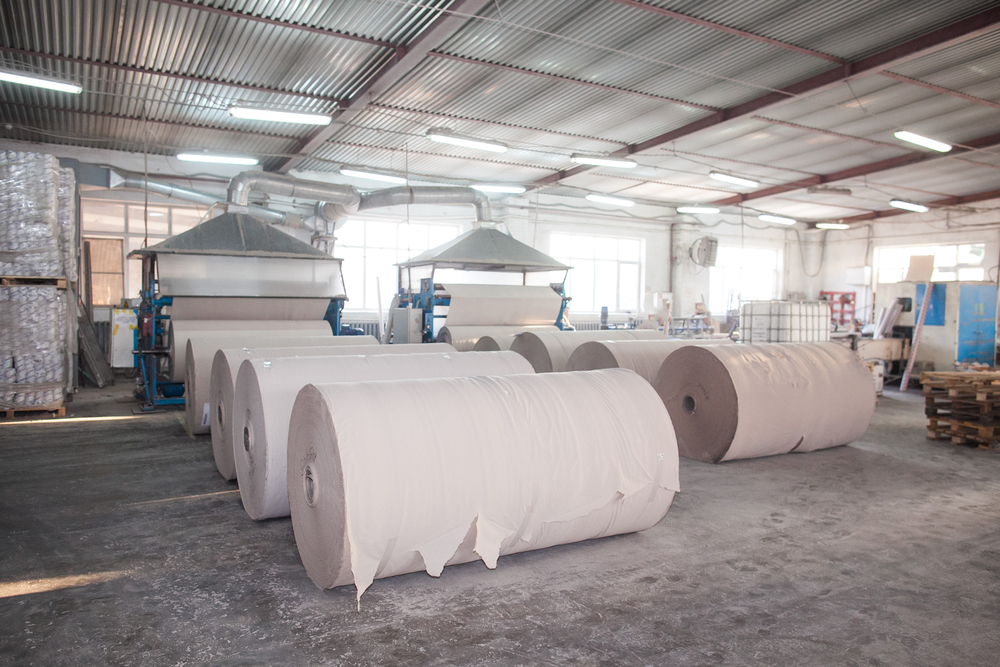How the pandemic has impacted Europe’s print industry.
The past couple of years haven’t been kind to us. Some branches of the printing industry are struggling with more lack of love than others. Let’s look at the production printing industry in Germany, which is experiencing particularly tough times.
Pre-2020, production printing—anything high-volume, transactional mailing across to label/packaging printing, but does not include industrial, 3-D, or textile printing—was doing well. Maybe not very well, and always a little bit struggling, but all in all, not too bad.
The main COVID-19 years, 2020 and 2021, hit hard, forcing many printers to rethink both strategy and technology. Not everyone managed to survive, and even well-established printing companies had to consider major changes to their businesses or even close their doors forever.
For those who made it to 2022, February brought more, even darker clouds, as Russia’s war with Ukraine disrupted at a level barely imaginable over the past 50 years, including:
- Soaring energy prices
- Soaring paper/envelope/cartonnage/label prices
- Soaring ink/toner prices
- Soaring inflation rate/fear of recession
Energy
Not all high-volume, high-speed printing devices are built equally. However, we wouldn’t be talking about Germany if there weren’t remedies in sight to curb the rising prices.
Konig & Bauer (KB) just completed its migration from natural gas as its main source of energy for its production lines to a mix of heating oil and district heating. In addition, high-capacity mobile emergency power units (NEA) will secure its production should other resources fail. The decision was taken to take political decision-making out of the company’s energy calculations as much as possible. Moreover, this step ensures customers can rely on the usual KB quality and timely delivery of devices.
Paper
Nobody can do much about the price of paper. The industry relies on international sources for wood, from among others, Ukraine. Feldmuehle, a paper manufacturer based in Uetersen, Germany, is moving from natural gas to oil to gain independence from an unreliable, over-priced supplies partner called Russia.
However, there are always ways for better householding: duplex printing, n-up printing, commingling, and postal optimization. Where possible, businesses could even move from specialty, coated paper to regular paper. Software is the key to substantial savings here.
Of course, digital presentment would save even more money, as data processing without printing and snail-mailing comes cheaper. Having said that, there’s still a large group of customers who prefer their transactional documents on paper be snail-mailed. Sometimes, it’s just a personal preference or age. Other times, it’s the lack or quality of internet access, quality of technology, or simply the lack of trust in technology’s security.
The most outstanding decision to cut significant costs has recently been taken by the German-based supermarket chain REWE which will no longer print weekly advertisements. Now, we may argue what’s there to advertise when things are getting more expensive by the week anyway, but just digest these numbers of how heavy the environmental footprint of their flyer production per year was:
- 73.000 tons of paper
- 1.1 million tons of water
- 380 million kWh energy
- 70,000 tons of CO2
Unfortunately, canceling a printing volume like REWE’s existentially impacts a print services provider. But not only advertisement, direct mail, transactional mail, label, and packaging printing are affected. The book printing industry is struggling more than ever to source paper and cartonnage at reasonable prices. In May 2022 alone, the industry was dealing with a roughly 60% year-over-year cost increase, and no way to add an equally significant new price tag to books.
Ink/Toner
Again, there’s not really much to say or do about this as the ingredients, as well as the production process, rely too much on resources that have been affected both by supply chain disruptions and surging raw material prices, as well as surging energy prices.
We can see a trend in some manufacturers building toner manufacturing plants closer to their customer bases; the most recent example would be Landa and its Dutch toner manufacturing plant. (See also Fujifilm and its new aqueous inkjet dispersions in the U.S.).
What next?
All in all, where industry bodies thought they saw the printing industry bounce back in late 2021/early 2022, there’s now more fear than ever. Ongoing supply chain challenges, soaring prices for everything, the uncertainty of an ongoing war next door, and the upcoming winter continue to outweigh the number of high-value orders, which fell by roughly 20% year-over-year.
_________________________
To become a subscriber, visit www.thecannatareport.com/register or contact cjcannata@cannatareport.com directly. Bulk subscription rates are also available upon request and included in our media kit.



